Baobab Magazine
Archetype, by Mads Holm and Ties Veerman
17.05.19 - 31.05.19
Baobab is a platform focused on the process and the distribution of works made by photography students from the Royal Academy of Art, The Hague.
"Archetype" anticipates the release of the third issue: “Union Continent”.
Two of the 30+ works featured in the magazine will be presented. Including excerpts from the series “Barrier Operation” by Mads Holm (b. Denmark, 1990) and from the series “Forma” by Ties Veerman (b. Netherlands, 1994).

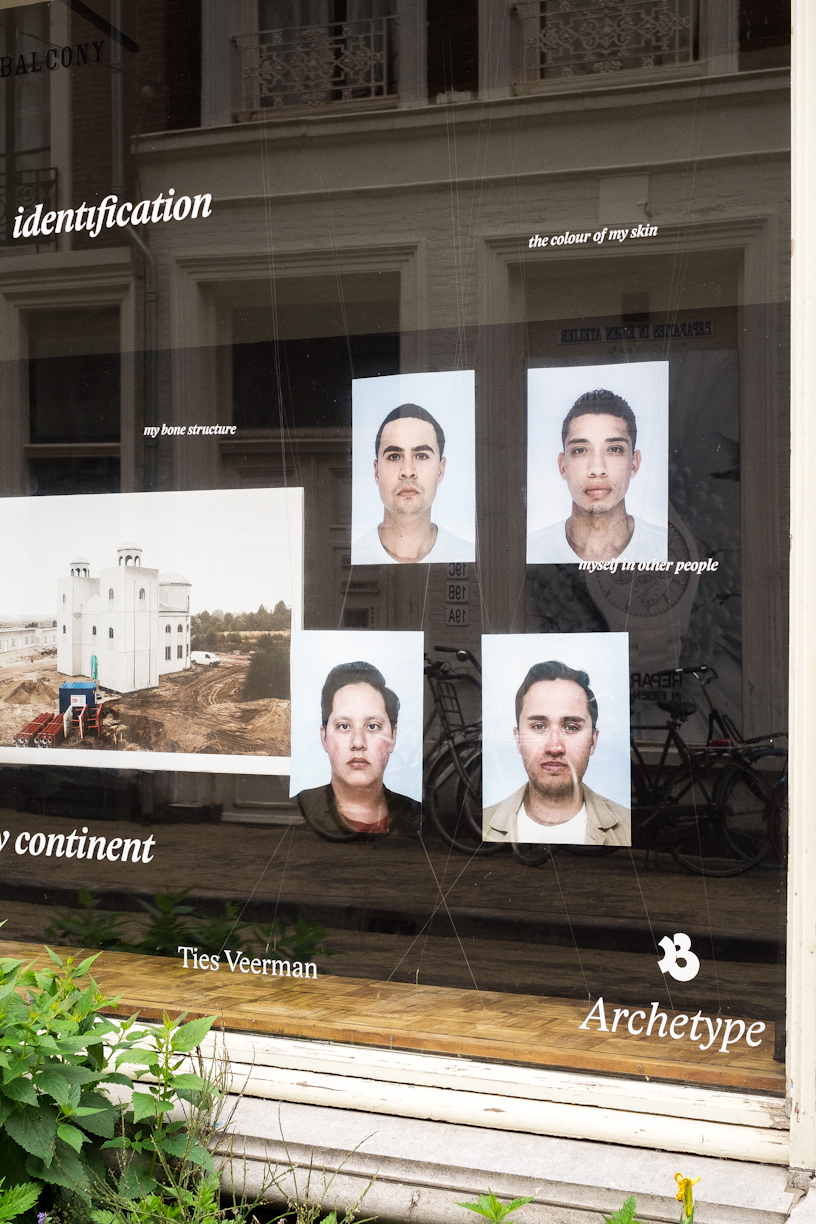
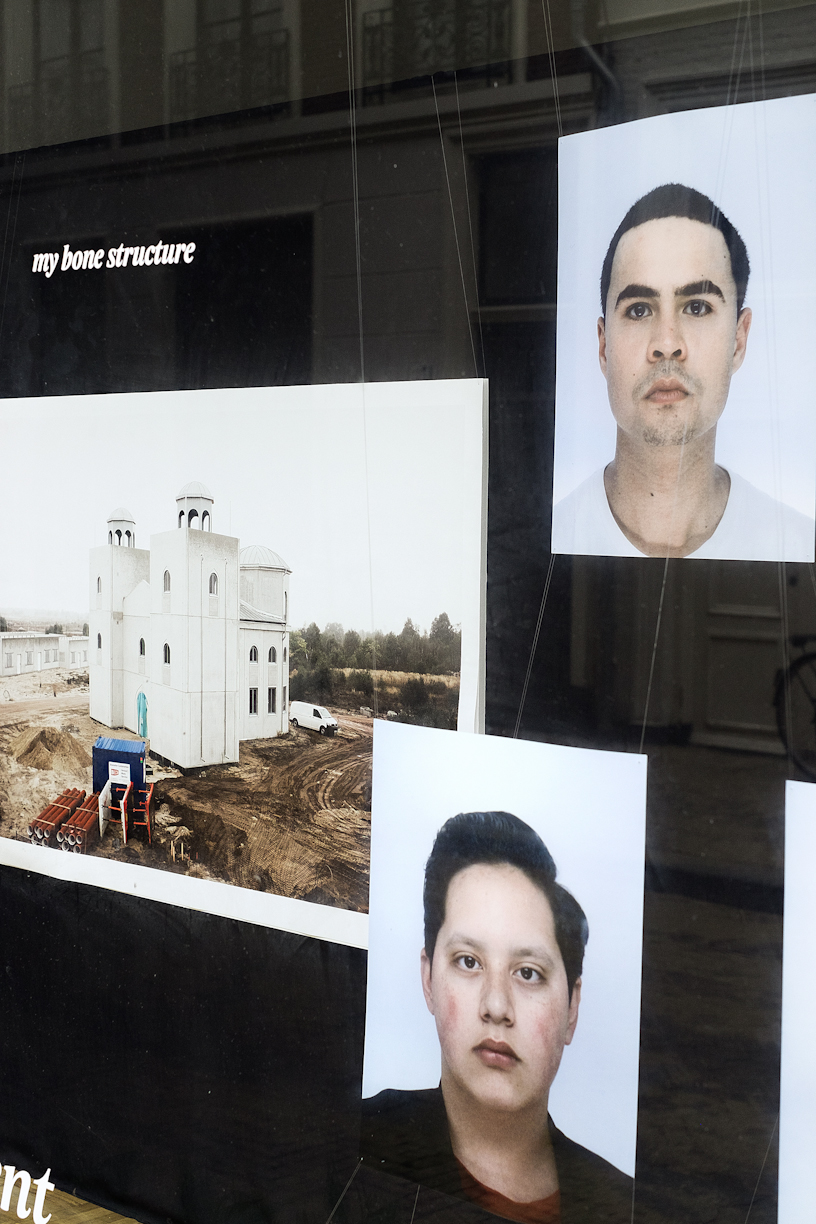
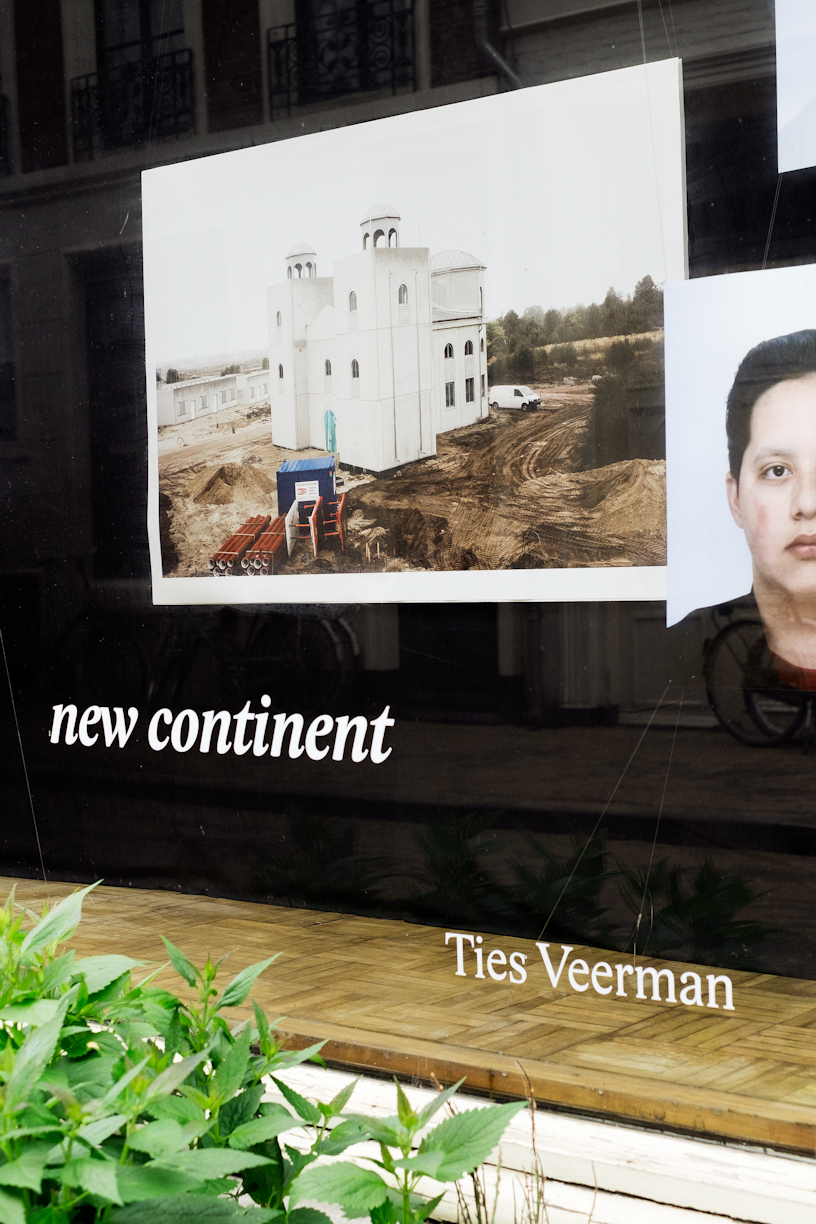

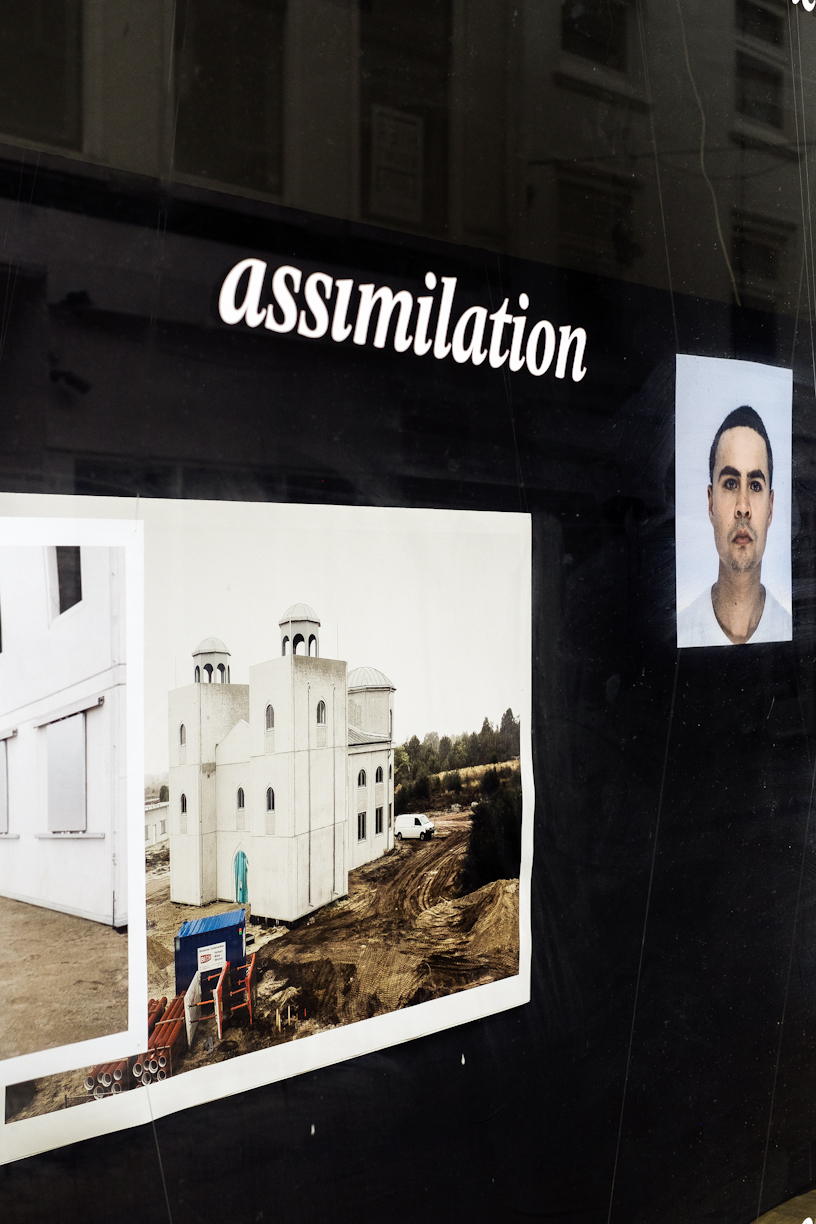
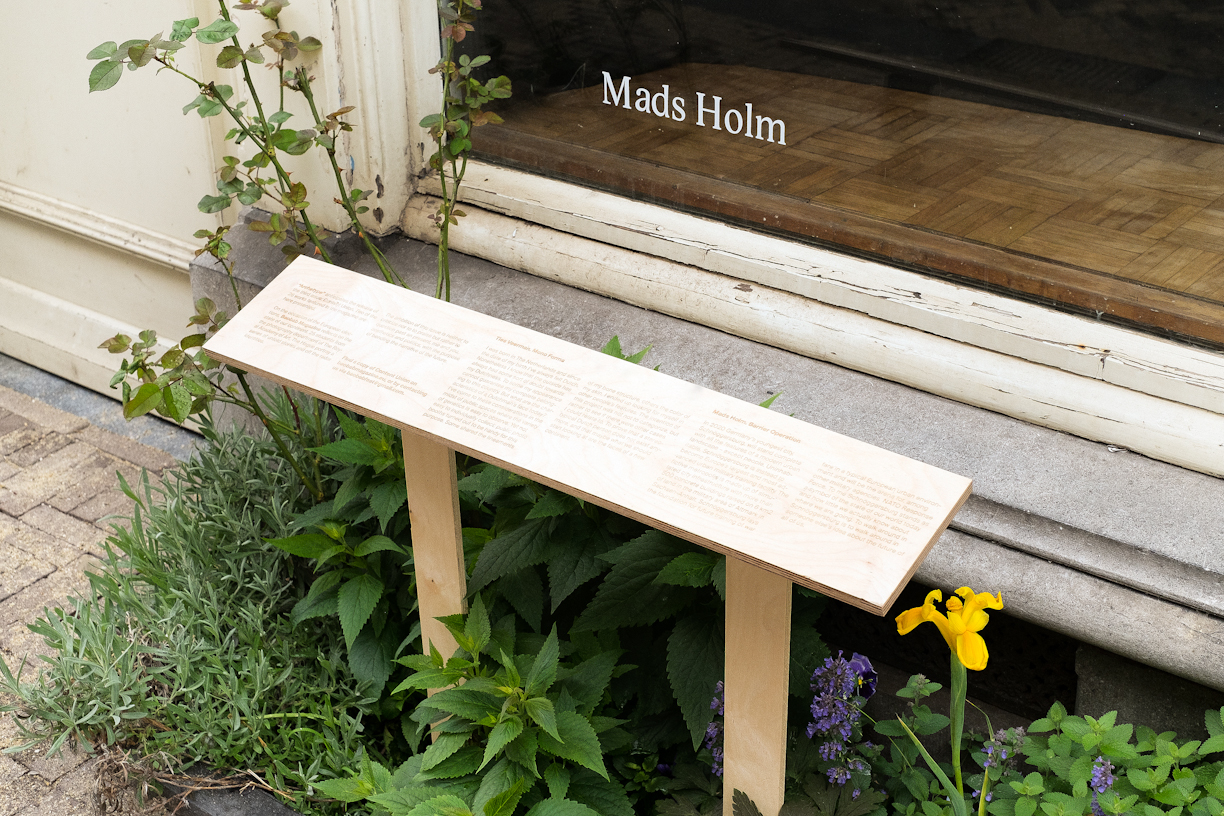
About the works:
Mads Holm. Barrier Operation:
In 2020 Germany's youngest city, Schnöggersburg, will stand complete with all the features of a modern urban landscape – except people. Uninhabitable, Schnöggersburg is instead to become Europe's largest and most advanced urban military training facility.
The fictive metropolis is made up of simulated city infrastructure with more than 500 concrete buildings raised on 6 km2 of land in the military area of Altmark in Sachsen-Anhalt.
Schnöggersburg lays the foundation for future training of warfare in a typical European urban environment and will be the arena for, among other military agencies, NATO Response Force. To me Schnöggersburg stands as a symbol of the state of our world today and how little we actually know about where we are going. To walk around in Schnöggersburg is to walk around in someone else's idea about the future of all of us.
Ties Veerman. Mono Forma:
I was born in The Netherlands and since the date of my birth I’ve always felt Dutch. Nonetheless I know that the outside has always had some sort of doubt towards my Dutchness. To some (or better say to many) my appearance, my facial features cannot guarantee my complete belonging to this country. So I just can’t avoid asking myself: why not and what are the characteristics of a Dutchman’s face in our multi-cultured society? Does it even make sense to ask these questions nowadays? I’ve come to these considerations in the midst of public spaces where the variety of genetics is easy to observe. Yet not easy to individually collect: public photo booths turned out to be handy for this purpose. Some shared the shape of my nose, some the lineaments of my bone structure, others the color of my skin. I ended up looking for myself in other people’s features. The intention of this project was not not to categorize, but rather to see if there were other cases I could relate to. To prove that a stereotypical Dutch person does not exist anymore, and that maybe what we should start looking at are the faces of a new continent.
